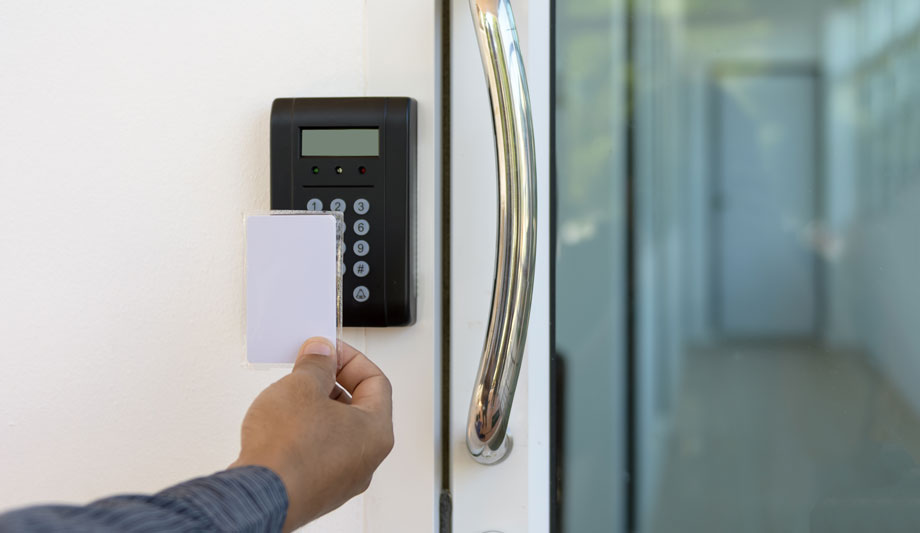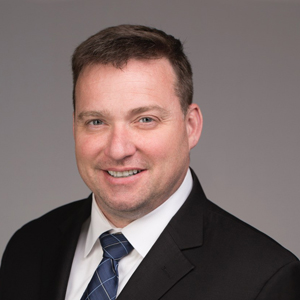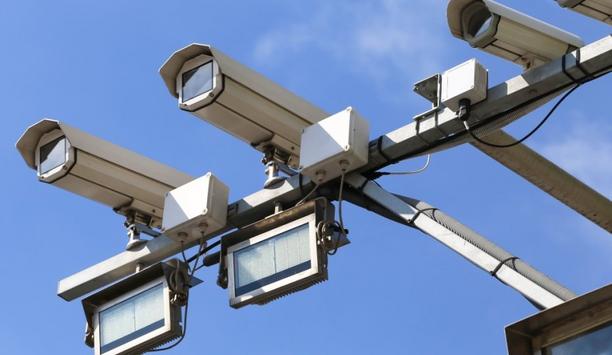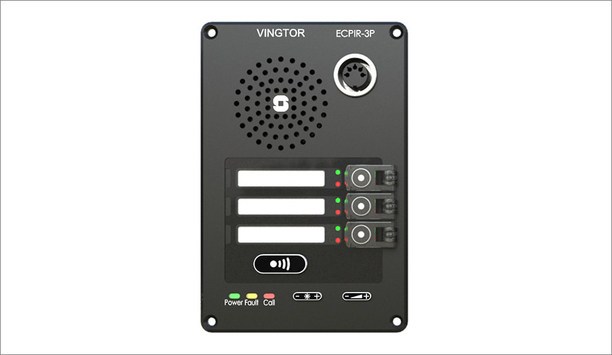Open standards are enabling new capabilities in the intercom market, some of it driven by the transition to systems based on Internet protocol (IP).
Today’s most-used phrase in the intercom business is interoperability, given that the intercom is integrated with solutions such as video surveillance, access control and/or home automation, says Craig Szmania, CEO, 2N USA. Standardisation is essential to making possible integrations among different systems.
Session Initiation Protocol
2N built its technology and solutions around the standard Session Initiation Protocol (SIP), which makes integrations into the most popular IP telephone systems possible, affordable, and simple worldwide. There are many solutions in the market that are IP-based but proprietary in nature—not SIP-compatible without a proprietary head end or server, says Szmania. “These solutions bind consumers to use only products of one brand with difficult or non-existent integration with other solutions,” he comments. “This leads to higher costs and more complicated systems.”
The most mentioned standard of the last two or three years has been ONVIF for integration with video surveillance. The ONVIF standard makes it simple to integrate the intercom with other ONVIF-compliant video management systems, access control solutions and cameras. Integrated solutions are the market-wide trend for end users, consumers, and integrators alike. By having strong standards like ONVIF and SIP, manufacturers such as 2N can provide solutions to meet these needs.
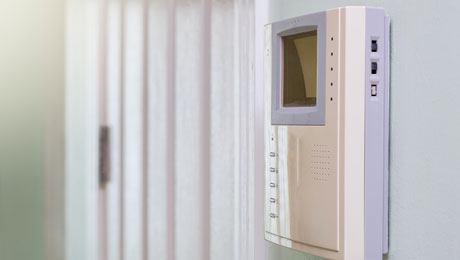 |
| The most mentioned standard of the last two or three years has been ONVIF for integration with video surveillance |
Seamless integration with third-party products
“Integrating speakerphones and intercoms with third-party products has been one of the main evolutions we have seen in the past couple of years,” agrees David Fleming, Chief Design Officer for Code Blue Corp. “For that reason, our speakerphones take advantage of open standards like SIP to make it easier for locations to communicate with other technologies. It’s important that our customers have the flexibility to choose how they want to set up their systems. That’s why we continue to build partnerships with major security providers to ensure our products can work together.”
Aiphone Corp’s products also operate on open standards. That allows them to be used with most available video and access control products. There’s a real benefit to integrators and end users knowing these systems will integrate easily, says Bruce Czerwinski, US General Sales Manager, Aiphone Corp. Of course, there are still some proprietary systems on the market that make integration difficult.
"It’s important that our customers have the flexibility to choose how they want to set up their systems" |
Intelligible intercom audio
Intercom systems must also comply with Americans with Disabilities Act (ADA) regulations, according to Aiphone. “For us, that might include the recommended height of our installations,” says Czerwinski. “The use of Braille is being required by more end users to accommodate the blind. And for the hearing-impaired, we are adding visual indicators to show that calls have been placed and received.” Laws requiring the use of intercoms in larger multi-tenant buildings are also having an impact on the market.
One standard that is missing in the market is a standard benchmark for intelligibility, says Jim Hoffpauir of Zenitel. “Unfortunately, there is no standard benchmark for intelligible intercom audio. There are standards that call out the requirement to have it, but no clear path to evaluate and deploy it.” Hoffpauir says Zenitel has deployed standards for the form and function of its stations, saying: “We have shared this with our clients and our integrators. It can be demonstrated in a proof of concept if end users take the time to ask for it and deem it critical to their success.”
